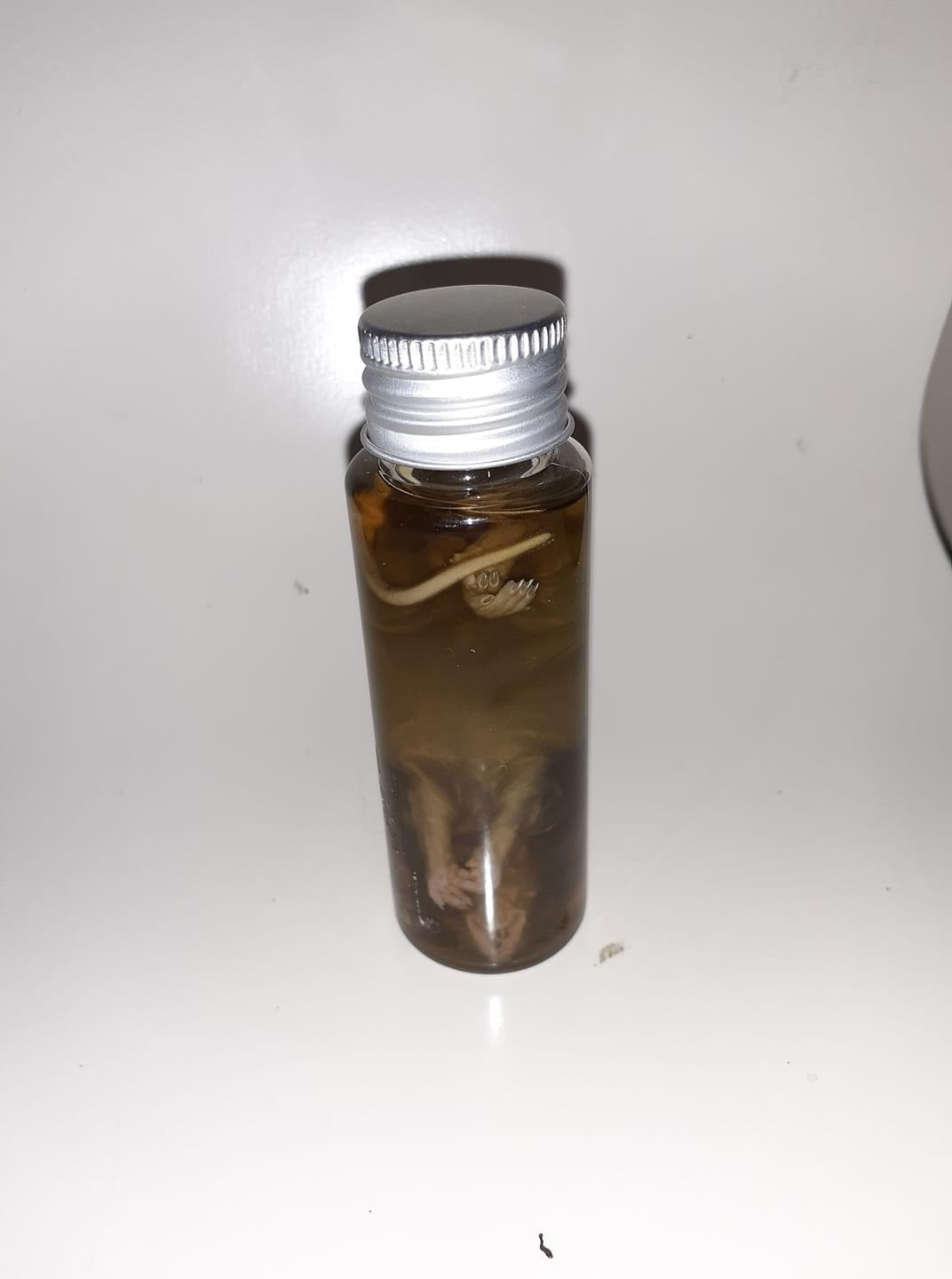
Isopropyl Alcohol ≠ Fixative Chemical
It's very important to make sure you're following the correct protocol when it comes to preserving wet specimens, because doing it wrong can lead to decay and even health hazards.
Isopropyl alcohol is sometimes used as a quick fix to delay decay in wet specimens. But, it's not a fixative chemical, it is a storage chemical. Specimens preserved with isopropyl alcohol can start to bloat, leak fluids, and decay within days to weeks.
Formalin is the go-to choice for long-term preservation. It stops decay effectively and keeps specimens preserved for years.
With the rise of platforms like TikTok, there's been a lot of misinformation floating around about preserving specimens. It's crucial to double-check info from reliable sources, like scientific publications or experts, to make sure you're doing it right.
Using isopropyl alcohol might slow down decay a bit, but it won't stop it completely. Over time, specimens preserved with isopropyl alcohol will still decay, possibly within a few weeks.
For the most reliable preservation, stick with formalin or ethanol. Formalin stops decay well and is commonly used in labs for long-term preservation. Ethanol, especially high-quality edible alcohol like Everclear, can also work, but you need to make sure the specimens stay fully submerged in it.
When you're working with formalin, make sure to protect yourself with the right PPE. You should have a respirator rated for formalin fumes, nitrile gloves, and goggles. An apron is a preferred additon but not mandatory.
Bonus:
The penetration rate of formalin can be expressed as d = K√t, where d is the depth of penetration, K is the coefficient of diffusion (specific for each fixative), and t is the time.
In practical terms this means that the coefficient of diffusion (K) is the distance in millimeters that the fixative has diffused into the tissue in one hour. For 10% formalin K = 0.78.
Your formalin fixative should not be expected to penetrate more than 1 mm in an hour (assume 1” of penetration per 24hr day).
(Medawar PB. The rate of penetration of fixatives. J Royal Micros Soc 1941;61;46-57.)